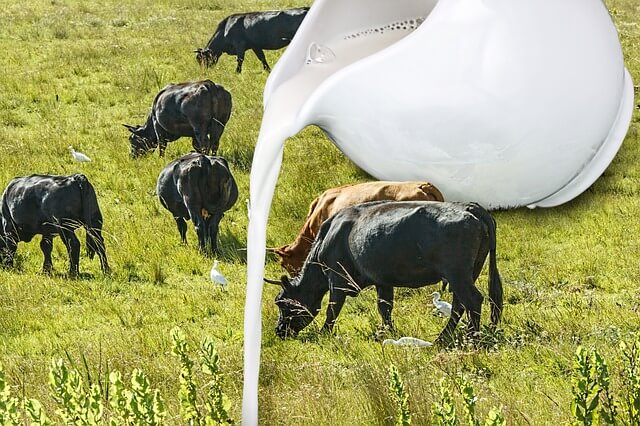The use of pasteurized milk in the consumption or production of derivatives is a safe option to avoid the disease.
Considered a risk to public health , as it can be a problem for both animals and humans, bovine tuberculosis is a chronic disease responsible for several economic losses for the producer.
The consequences of this infection range from a drop in weight gain and milk production, early disposal of animals, condemnation of carcass in the slaughterhouse to the death of animals, in addition to compromising the producer’s credibility.
The disease has no treatment , but can be prevented through actions such as control of visitors, correct cleaning of facilities and biosecurity measures – control of origin, correct identification and testing of new animals to be integrated into the herd.
Caused by Mycobacterium bovis, the disease can damage the lungs, liver, spleen and carcass of cattle and buffaloes.
According to industry experts, the changes caused by tuberculosis are not always noticeable, depending on the stage in which the infection is. Therefore, it is essential that the diagnostic test be performed on all animals in the herd at certain intervals, in addition to the early test, whenever purchasing animals from other properties.



